Contractors willing and able to tackle the issue of residential energy inefficiencies and climate change were given a preview of a huge potential future market during a recent Buildings Week seminar.
More than one million Canadian homes have been retrofitted in the past 25 years, but there is still a long way to go on the energy front, said Mark Carver, research and development project leader at Natural Resources Canada’s (NRCan) CanmetENERGY division.
For the most part, those projects have consisted of new windows and insulations installations, air sealing and HVAC upgrades, plus some exterior wall retrofits, he said.
Traditional “deep energy retrofits,” which penetrate the building envelope or require major interior gut-renovations are rare because of the problems and hurdles that include disruption to homeowners or tenants, the expense, the technical complications and the poor return on investment for developers.
At the same time, National Resources Canada is forecasting that by 2030 approximately 85 per cent of the nation’s housing inventory “already exists today.”
The answer to the challenge of an aging and energy inefficient housing stock is the erection of prefabricated energy-efficient panels, suggested Carver, who heads NRCan’s Prefabricated Exterior Energy Retrofit (PEER) project.
The pilot project’s objective is to research and achieve prefabricated building solutions to achieve Net Zero emissions.
Under the PEER project, which started in 2016 and is scheduled for completion in 2022, the main research question is, “Can a prefabricated process enable faster, more cost effective, and less disruptive energy retrofits?”
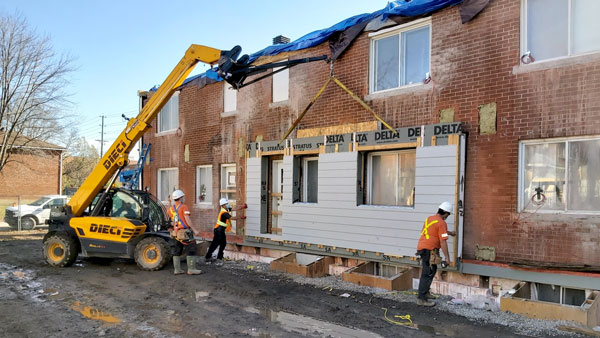
It’s a system and an approach that involves a comprehensive 3D digital scan or measure of a building, also known as building capture, and then using the collected data to design and fabricate insulated and airtight panels. Consisting of new windows, doors, siding and/or roofs, they’re trucked from the factory and then hoisted into place, he said.
In the case of the NRCan study, three different panels are under consideration: structural insulated, nailbased and woodframe standoff panels.
“Most of the work is performed on the exterior, minimizing dust, noise and disruption to occupants.”
Other advantages include less time and disruption spent on the building site, less material waste, better waste collection, improved quality control, less risk of material theft and, “less work standing on ladders,” in cold weather.
“We (Canada) do not need to reinvent the wheel,” said Carver, pointing to the Netherlands where approximately 5,000 housing units have been converted into net zero homes through Energiesprong, a joint government-private sector program where energy renovation costs are financed by predicted future energy savings.
The program is also becoming popular in England, France, Germany and New York State.
“But we do have challenges. Canada has six climate zones compared to one in (the Netherlands).”
While being inspired by Energiesprong, NRCan is seeking to adapt technical solutions for the Canadian climate, built form, and construction practices which, in the residential sector, is predominately wood frame construction compared to the use of concrete in Europe.
There are four main research areas or categories and they’re the focus of three pilots, a proof-of-concept project, which includes adding panels to a trailer, the 59-unit Sundance Housing Co-op in Edmonton, and a four-unit Ottawa Community Housing complex that will be the subject of a two-year-long energy and performance use monitoring study.
Noting that the Ottawa agency has 15,000 units, two-thirds of which are 50 years or older, and a 10,000-person waiting list, Carver said social housing can serve as a “catalyst market” for this type of energy retrofit.
The reasons include the poor condition of social housing stock due to lack of funding, high energy costs, “highly repeatable” building forms and the fact tenants can’t be displaced in traditional retrofits. Most social housing units are owned by single owner, usually municipalities, who take a long-term view on investments, he said.
And the social housing market in Canada is large. Almost 435,500 units are administered by the provinces and territories, 65,650 by Canada Housing and Mortgage Corporation, and another 45,300 by co-operatives, for a total of 546,500, he said.
In an interview following the seminar, Carver said he could no reason why the prefabricated panel system couldn’t be applied to commercial towers.
Some of that work is occurring in the United States and commercial contractors were big players in the Netherlands’ Energiesprong program.


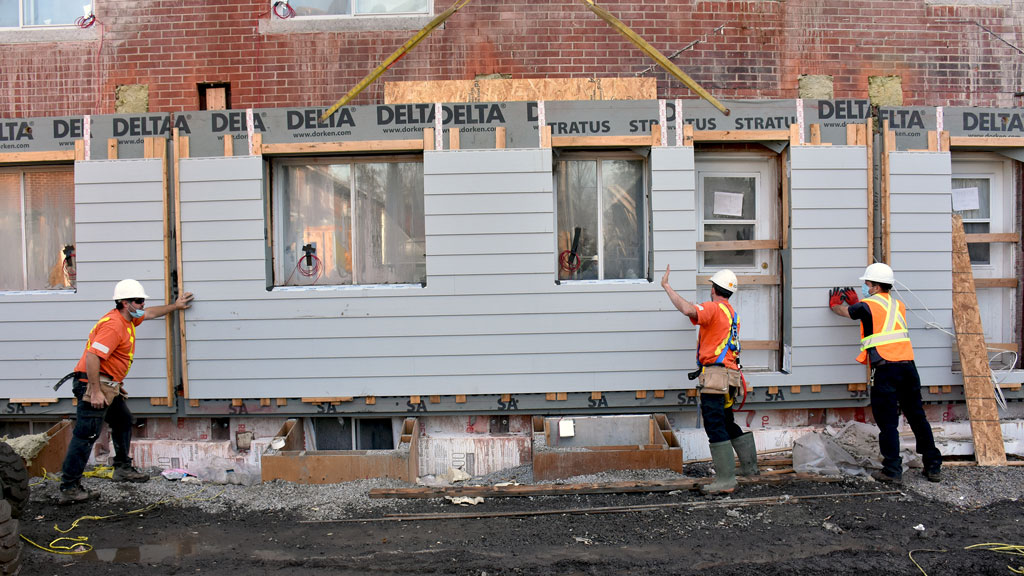
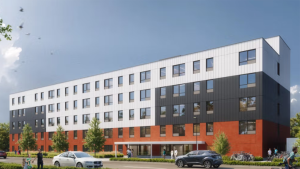
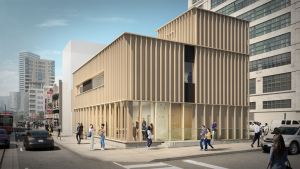

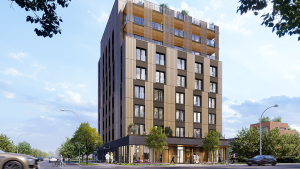
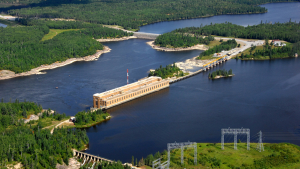
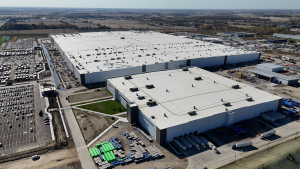


Recent Comments
comments for this post are closed